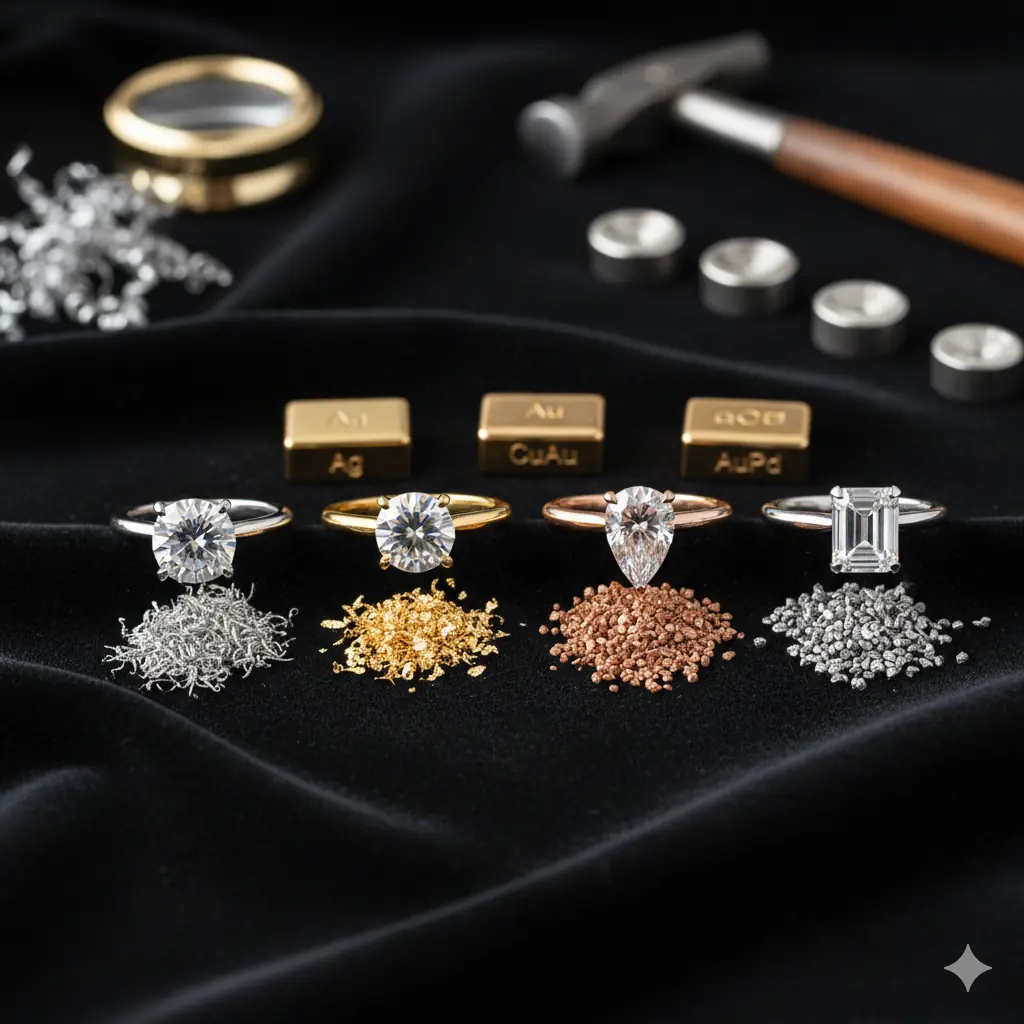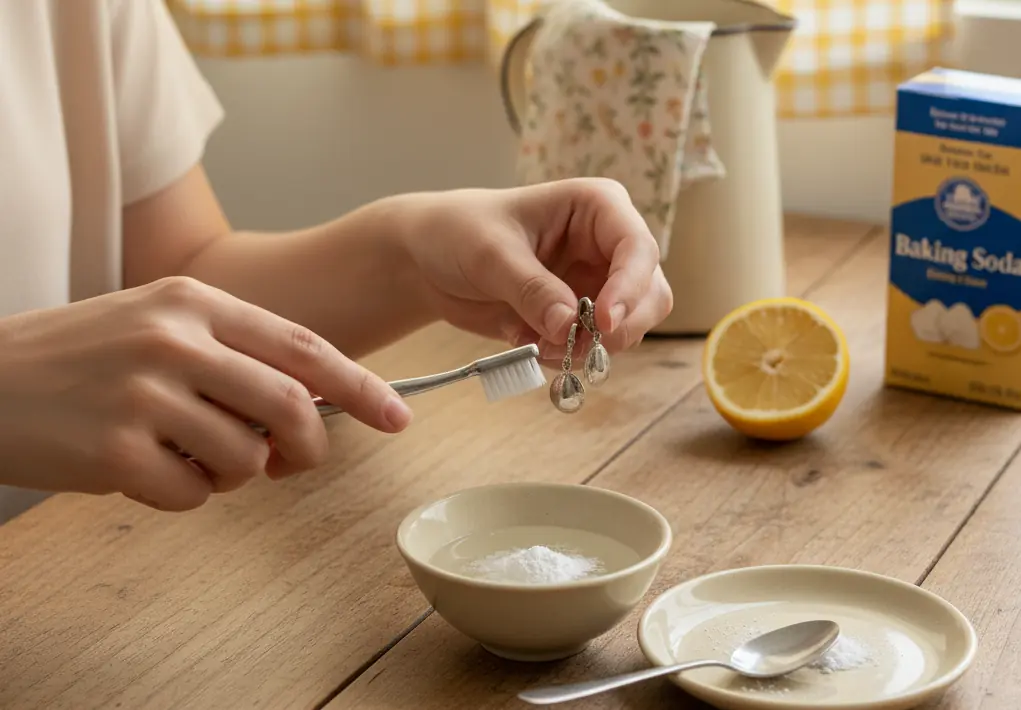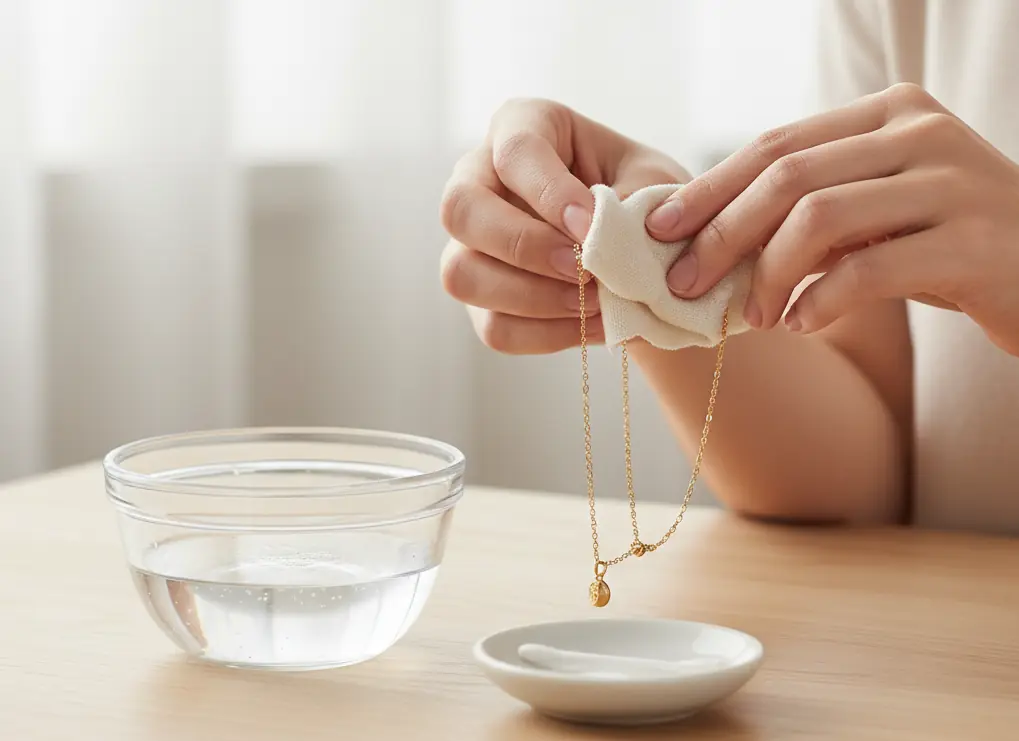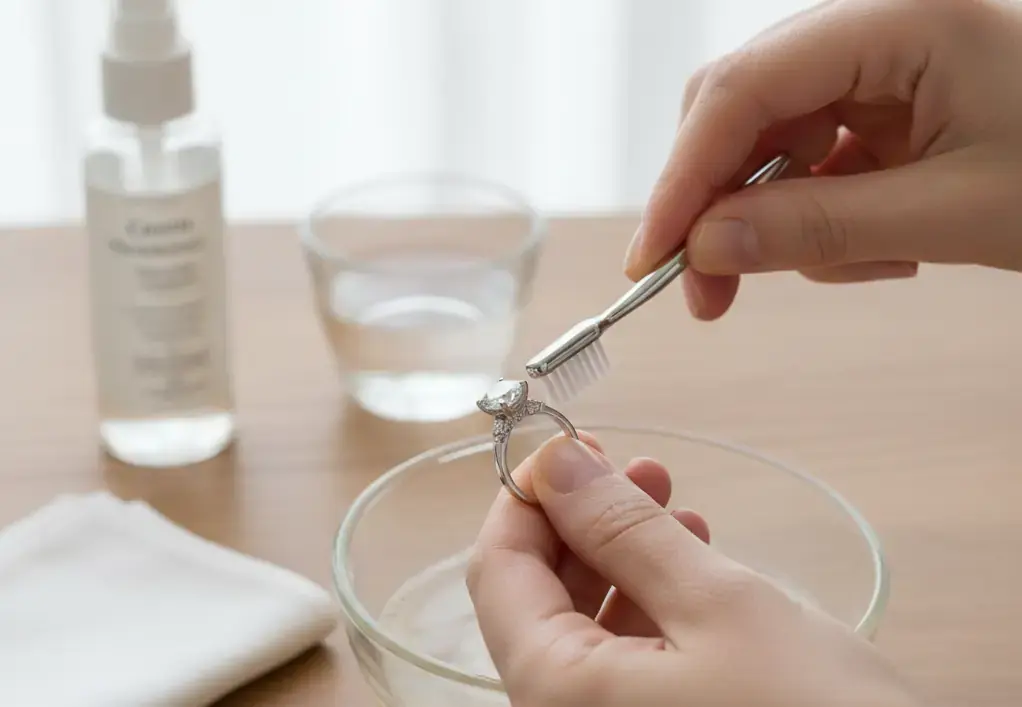The Foundation of Forever: Selecting the Right Metal for Your Engagement Ring
An engagement ring is a symbol of love, commitment, and a promise for a lifetime. While the dazzling center stone often captures the initial attention, the metal setting plays a crucial role in its overall aesthetic, durability, and even how it complements the wearer's skin tone. As a leading cannabinoid wholesaler, we understand the importance of quality and choice, and that extends to the precious metals used in fine jewelry, particularly engagement rings. This guide will walk you through the most popular metal options – silver, gold, rose gold, and white gold – to help you make an informed decision.
Sterling Silver: Timeless Elegance and Affordability
Sterling silver is an alloy composed of 92.5% pure silver and 7.5% other metals, typically copper. This composition makes it more durable and workable than pure silver, while retaining its brilliant shine.
Pros of Sterling Silver:
- Affordability: Sterling silver is a significantly more budget-friendly option compared to gold or platinum, making beautiful engagement rings accessible to a wider range of customers.
- Brilliant Luster: It possesses a bright, clean white sheen that is highly attractive and can beautifully showcase a variety of gemstones.
- Hypoallergenic Properties: For individuals with sensitive skin, sterling silver (especially when nickel-free) is often a good choice as it contains less of the reactive metals found in some other alloys.
- Versatility: Its relatively soft nature allows for intricate detailing and designs, making it suitable for a wide array of styles.
Cons of Sterling Silver:
- Tarnishing: The primary drawback of sterling silver is its tendency to tarnish over time when exposed to air and moisture. However, this can be easily managed with regular cleaning and polishing.
- Durability: While more durable than pure silver, it is softer than gold or platinum, making it more susceptible to scratches and dings over prolonged, heavy wear.
- Maintenance: Requires regular care to maintain its shine and prevent tarnishing.
Gold: The Classic Choice with Enduring Value
Gold is a highly prized precious metal known for its inherent beauty, rarity, and resistance to corrosion. For engagement rings, pure gold (24 karat) is too soft, so it's alloyed with other metals to increase its durability.
Pure Gold vs. Gold Alloys:
- 24 Karat Gold: Pure gold, extremely soft, rarely used in jewelry settings.
- 18 Karat Gold (75% Gold): A popular choice, offering a rich color and good durability. Often used in higher-end pieces.
- 14 Karat Gold (58.3% Gold): A balance of durability and gold content, making it a strong contender for everyday wear.
- 10 Karat Gold (41.7% Gold): The most durable but has a lower gold content.
Different Gold Colors:
Yellow Gold: The Timeless Favorite
Yellow gold is the traditional choice for engagement rings, exuding warmth and classic elegance. Its rich hue complements most skin tones beautifully and is known for its hypoallergenic properties.
Rose Gold: Romantic Charm and Modern Appeal
Rose gold, an alloy of gold and copper, boasts a romantic blush hue that has surged in popularity. Its warm tones are particularly flattering on fair to medium skin tones and offer a unique, contemporary twist on classic gold.
White Gold: Sleek Sophistication and Modernity
White gold is created by alloying gold with white metals like palladium or nickel, then rhodium-plated for a bright, silvery-white finish. It offers a modern, sleek look that is comparable to platinum.
Pros of Gold (Yellow, Rose, White):
- Durability: Gold alloys offer excellent durability, making them ideal for engagement rings that will be worn daily.
- Hypoallergenic Properties: Yellow and rose gold are generally well-tolerated by sensitive skin. White gold can be an issue for those with nickel allergies, but nickel-free options are available.
- Value Retention: Gold holds its value over time, making it a sound investment.
- Timeless Appeal: Gold, in all its colors, remains a classic and enduring choice for fine jewelry.
Cons of Gold (Yellow, Rose, White):
- Cost: Gold is a more expensive metal than sterling silver.
- Scratching: While durable, gold can still develop scratches over time, especially in lower karat alloys.
- Rhodium Plating (White Gold): White gold's lustrous finish is due to rhodium plating, which can wear off over time and requires re-plating to maintain its bright white appearance.
Comparing Finishes and Alloys
Beyond the base metal, understanding different finishes and alloys is crucial for selecting a durable and aesthetically pleasing engagement ring.
Plating vs. Solid Metal:
- Solid Metal: Indicates the entire piece is made from the specified metal (e.g., solid 14k gold). This is the most durable and valuable option.
- Plated Metal: A thin layer of a precious metal is applied over a base metal (e.g., gold-plated silver). This is a more affordable option but the plating can wear off over time, revealing the base metal. Look for reputable plating services that use substantial thicknesses of precious metal.
Hallmarks and Karat Purity:
Always look for hallmarks that indicate the metal's purity. For gold, this is measured in karats (e.g., 14K, 18K). For silver, it's typically marked as '925' for sterling silver.
Making Your Choice: Factors to Consider
When guiding your customers, consider these key factors:
- Budget: Sterling silver offers an excellent entry point, while gold provides a range of price points depending on karat and color.
- Lifestyle: For those with active lifestyles or jobs that require manual labor, a more durable metal like 14k or 18k gold, or even platinum (though not covered here), might be preferable.
- Skin Tone:
- Cool Skin Tones (pink or blue undertones): Silver, white gold, and rose gold often complement these tones beautifully.
- Warm Skin Tones (yellow or peachy undertones): Yellow gold and rose gold tend to enhance these complexions.
- Neutral Skin Tones: Most metals will look stunning.
- Personal Style: Does the wearer prefer a classic, vintage, or modern look? This will heavily influence the choice of metal color and finish.
- Maintenance Preferences: Are they willing to regularly clean and polish their ring (silver)? Or do they prefer a low-maintenance option (gold)?
Conclusion: The Perfect Metal Awaits
Choosing the right metal for an engagement ring is a personal journey. Whether you lean towards the affordable brilliance of sterling silver, the timeless allure of yellow gold, the romantic blush of rose gold, or the sleek sophistication of white gold, each metal offers its unique charm and benefits. By understanding the properties of each, you can confidently guide your customers towards a symbol of their love that will be cherished for a lifetime.



